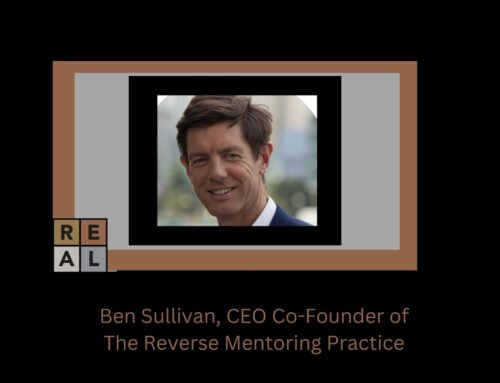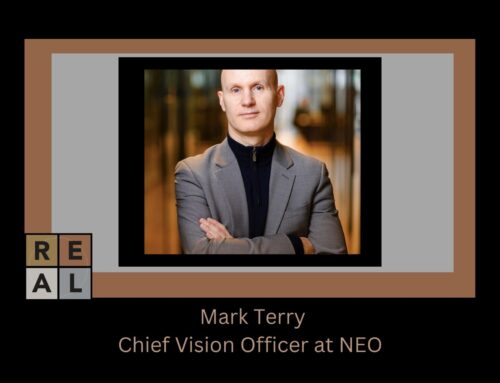Leading a team of people that don’t directly report to you means a focus on great communication and relationship management.
This month we are excited to hear from Nina Croad, co-director at business creative agency NEO, who work with a diverse range of creative talent – from freelance designers to specialists in web design, SEO, social media, UX/UI, video, animation, and music production. Nina shares with us the specific leadership skills that are needed when you lead people who don’t directly report to you.
Leading has less to do with reporting lines than relationship management
How do you lead people who don’t directly report to you, such as freelance designers and web developers?
For me, leading people to achieve a business or project objective, whether they are inside or outside your organisation, has less to do with reporting lines than it does good relationship management and communications.
Arguably, this has always been the case, but it is perhaps particularly true of now, when traditional business models and reporting hierarchies have in many cases been replaced with flatter structures; organisational communications are more two-way and symmetrical; and the line between internal and external human resources is less distinct.
Hybrid talent
Lots of businesses rely on hybrid talent – a core internal team and external suppliers – to remain flexible and responsive to an ever-changing marketplace. This isn’t necessarily new, but just as employee and freelance expenditure tend to sit under different parts of the P&L statement, so staff and suppliers, even when they are fulfilling similar roles or working closely together on projects, have typically each been treated in quite a different way by those responsible for leadership.
With a background in corporate comms in both client and agency-side roles, I’m interested in how organisations communicate with suppliers and inhouse teams. I’m not saying that internal and external talent should receive the same communications, but it is all too common for independent suppliers to be short-changed with regards to information that would make them feel more valued and enable them to do a better job.
Guns for hire
The mistake is to treat suppliers as hired guns, assume they’ll deliver the goods if you simply point them in the right direction and think this is the most efficient way to get the job done. This approach just serves to undervalue the supplier’s contribution, and who does their best work from the starting point of being undervalued? What’s more, what is sometimes thought to be extraneous detail that the supplier doesn’t need to know to do their job can make all the difference to how they approach something and the result. I’m sure I’m not alone in having seen how project costs can escalate in line with the number of revisions a supplier has had to make because they weren’t provided enough information at the outset.
Partnerships are magic
We know that good communication – clear, empathetic, and respectful communication that actively encourages collaboration – results not only in better working relationships but better work as well. Leading people towards an objective through partnering and co-creating with them is where the magic happens! ;-)
#leadershipskills #lessonsinleadership #leaderchat #leaders #leadershipdevelopment #leadership







